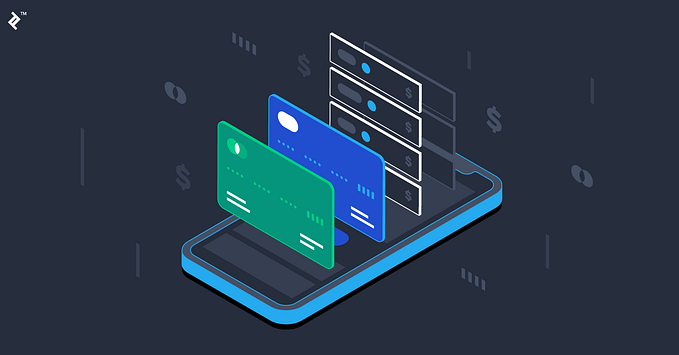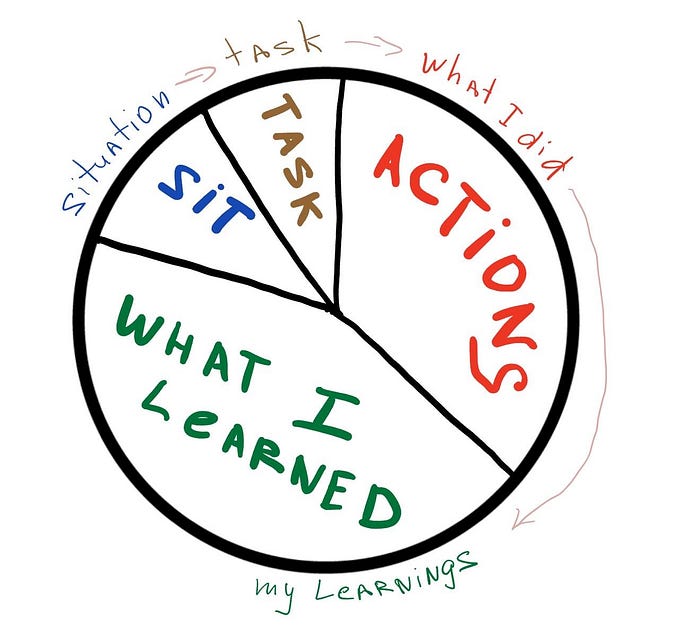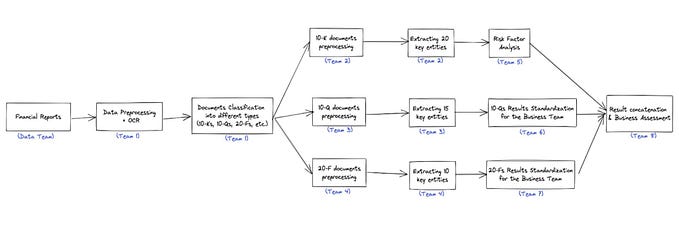Enhancing Customer Loyalty and Retention for Swiggy | A User-Centric Approach to Problem Discovery in Swiggy’s Food Delivery App — A Case Study|

Swiggy is a leading food delivery app in India, connecting users with a wide range of restaurants and enabling convenient and timely food delivery. However, recent trends have indicated a decrease in customer loyalty and an increase in user migration to competitor platforms. Swiggy aims to address these challenges and improve customer retention by identifying and resolving user pain points, ultimately enhancing customer satisfaction and loyalty.
Here we conduct problem discovery and user research for Swiggy’s food delivery app, a user-centric approach is critical. Understanding the pain points of users, such as customization and pre-ordering, can help Swiggy to add new features to their app that solve those problems.
The Case Study will primarily focus on understanding the problems and needs of Swiggy’s existing user base. The scope includes conducting user research and interviews, analyzing user feedback and reviews, and collaborating with relevant stakeholders to identify pain points and opportunities for improvement. The project will not involve major changes to the Swiggy business model or fundamental alterations to the existing infrastructure.
a) Increase customer loyalty: Swiggy aims to enhance customer satisfaction and loyalty by addressing the pain points experienced by users, ensuring a seamless and delightful food ordering experience.
b) Retain customers: By understanding user requirements and incorporating relevant features, Swiggy aims to prevent customer migration to other platforms and encourage users to stay engaged and loyal to the Swiggy app.
Before interacting with users, carry out a secondary research activity on the food delivery sector to gain insights into current trends, advancements, and factors influencing the industry.
Secondary Research:
Swiggy is a popular food delivery app in India that has gained significant traction in recent years. To understand the food delivery industry and recent trends, a secondary research exercise was conducted, which revealed some interesting findings.

Recent trend in the food delivery industry is the growth of in-house food delivery platforms. Many restaurant chains are investing in their delivery infrastructure to provide better service and experience to their customers. This investment in an in-house platform provides better control to restaurants over food quality, delivery time, overall service consistency.
To conduct problem discovery and user research for Swiggy’s food delivery app, a user-centric approach is critical. Understanding the pain points of users, such as customization and pre-ordering, can help Swiggy to add new features to their app that solve those problems.
Based on industry trends, Swiggy needs to focus on providing a seamless user experience for their customers, leveraging data to improve customer satisfaction, and investing in delivery fleet and driver efficiency. By conducting problem discovery and user research, Swiggy can stay ahead of the curve in the food delivery industry and provide an exceptional user experience to its customers.

Upon completing the secondary research on the food delivery industry to comprehend recent trends, developments, and influential factors, we can proceed to conduct user research on Swiggy. This will allow us to user pain points and requirements during the development process, ultimately helping to boost customer loyalty and retention.
User Research:
To gather valuable insights and understand the problems faced by users, the following research methods will be employed:
a) Secondary Data Analysis :Using existing data collected by someone else, such as market research reports, academic studies, or customer feedback, to analyze and gain insights into user behavior, preferences, or needs for a product or service is known as secondary data analysis in user research. It is a cost-effective and time-efficient approach that can supplement primary research methods.

b) Focus group discussion (FGD): A focus group discussion is a moderated conversation with a small group of people who share similar characteristics or interests regarding a product. It is a research method used for gathering qualitative data that provides insights into user opinions, perceptions, and attitudes towards a product or service.

c) In-depth personal (IDP): An in-depth personal interview is a one-on-one conversation between the researcher and the participant that aims to gather detailed information about their experiences, opinions, behaviors, and attitudes towards a particular product or service. It is used in user research to explore and understand user needs and preferences on a deeper level.

d)Direct observation/survey feedback: Direct observation/survey feedback is a data collection method in user research that involves observing users interacting with a product or service or asking them to complete a survey to provide feedback. It is used to gather both qualitative and quantitative data to better understand user behavior, preferences, and needs for a product or service.

Success Metrics:
By analyzing and tracking these retention and loyalty metrics, you can gain valuable insights into the retention of your product and make data-driven decisions to improve customer retention and customer loyalty over time.
Loyalty metrics
1. Customer Retention Rate: This metric measures the percentage of customers who continue to use your product over a period of time, indicating how well you retain customers.
2. Net Promoter Score (NPS): This metric measures how likely your customers are to recommend your product to others, reflecting their satisfaction and loyalty.
3. Repeat Purchase Rate: This metric measures the percentage of customers who make multiple purchases of your product, showing how often customers come back to buy more.
4. Up-sell Ratio: Another metric mentioned in the search results is the upsell ratio. This measures the ratio of customers who have bought multiple types of products from your business, indicating their loyalty and satisfaction with your offerings.
5. Customer Satisfaction (CSAT) Score: This metric measures how satisfied your customers are with your product, giving you insight into their overall loyalty.
Retention metrics
1. User Renewal Rate (URR): The percentage of users who renew their subscription or continue using the product after their initial contract period.
2. Monthly Customer Churn Rate: Churn rate measures the percentage of customers who stop using your product during a given time period, typically a month. A lower churn rate indicates better customer retention.
3. Customer Retention Rate by Cohort or Segment: This metric allows you to analyze retention rates for specific customer segments or cohorts. By doing so, you can better understand the retention within specific demographic or behavioral groups.
4. Repeat Purchase Rate (RPR): This metric measures the percentage of customers who make multiple purchases of your product, indicating their tendency to return to your product.
5. Monthly Recurring Revenue (MRR) and Revenue Retention Rate: MRR measures the recurring revenue gained from your customers each month. Revenue retention rate helps you understand how much of your MRR is being retained over time.
6. Customer Lifetime Value (CLV): This metric calculates the total revenue a customer is expected to generate for your business over their lifetime. A higher CLV indicates better customer retention and loyalty.
7. Product Usage Metrics and Product Adoption Rate: These are specific metrics related to how customers interact with your product (e.g., frequency of use, session length). Monitoring these metrics can help you understand customer engagement and identify opportunities to improve retention. The percentage of users who adopt new features or functionality within a certain time frame after release.
User Pain Points and Requirements
Based on the user research, the following are expected pain points and requirements that will be addressed during the building process:
1. Ensuring Food Quality and Hygiene in Restaurants
Customers have concerns over food quality and hygiene of outside food, prompting them to prefer homemade meals for safety reasons. To address this, restaurant kitchens should undergo inspections and receive ratings based on proper hygiene standards.
2. Offering Unique and Difficult-to-Make Dishes
Customers often order dishes that they cannot prepare due to a lack of resources or experience. Restaurants should focus on providing an array of hard-to-make dishes to cater to these customers.
3. Catering to Events and Parties
During events or parties, customers prefer ordering food due to the convenience of saving time and providing a variety of options for their guests. Restaurants should cater to such events with customizable options and group deals.
4. The Appeal of Time-Saving Food Delivery
Customers choose delivery services for their convenience in saving time and getting meals delivered to their doorstep. Restaurants must ensure timely and efficient delivery to meet these demands.
5. Addressing Dissatisfaction with Food Options and Delivery Services
Existing customers may have complaints about food options, discounts, and delivery services, resulting in a preference for dining out instead of ordering in. Restaurants should work on improving these aspects while also emphasizing the dining experience and ambiance.
6. Assessing Prices and Options on Food Delivery Apps
Customers often compare prices and options on various food delivery apps, leading to a lack of loyalty. The apps must focus on offering exclusive deals and incentives to retain customers.
7. Enhancing User Interface for New Users
New users may face challenges in navigating the UI/UX of food delivery apps, causing them not to complete orders. The apps should improve user-friendly interfaces and provide easy navigation.
8. Prompt and Efficient Customer Support
Customer support services might not address issues promptly, negatively affecting customer satisfaction and retention. Food delivery platforms should invest in training their customer support teams to provide timely and effective solutions.
9. Safe and Proper Food Handling during Delivery
Customers might express dissatisfaction with delivery services and how their orders are handled. The solution is providing proper tools and guidelines to delivery personnel to ensure food is handled safely. This can include branded items for marketing purposes, such as Swiggy-branded packaging.
In conclusion, Swiggy has been able to establish its brand as one of the top food delivery platforms in India. However, in order to remain competitive and maintain customer satisfaction, it is necessary for Swiggy to continuously improve its customer experience. This can be achieved through the adoption of a user-centric approach to problem discovery, which involves identifying customer pain points and addressing them with innovative solutions. By implementing the recommended strategies in this article, Swiggy can enhance customer loyalty and retention, ultimately driving the growth of the company.









